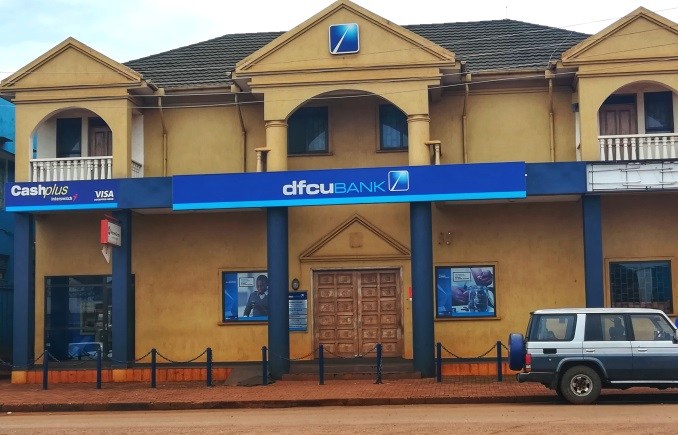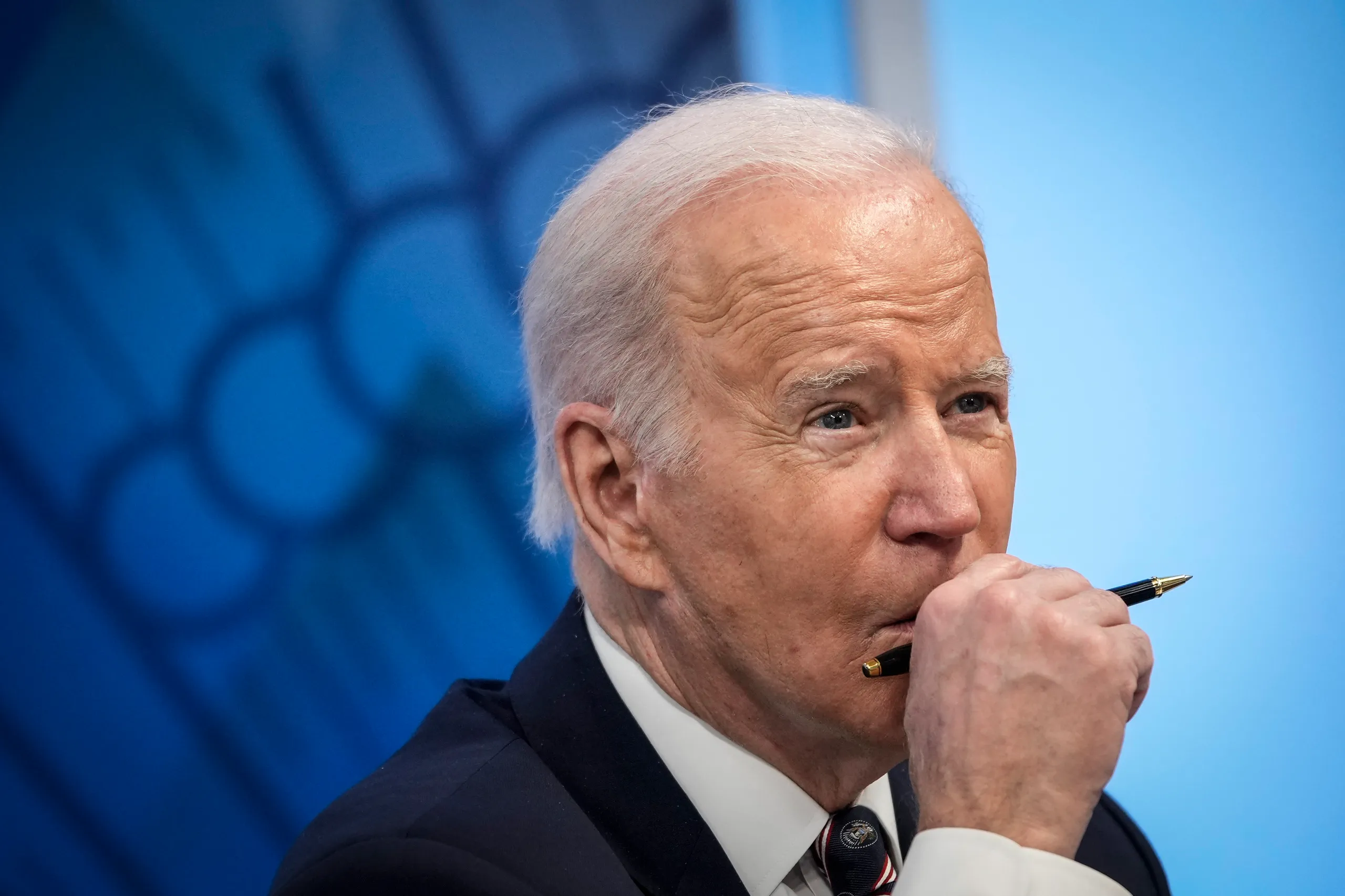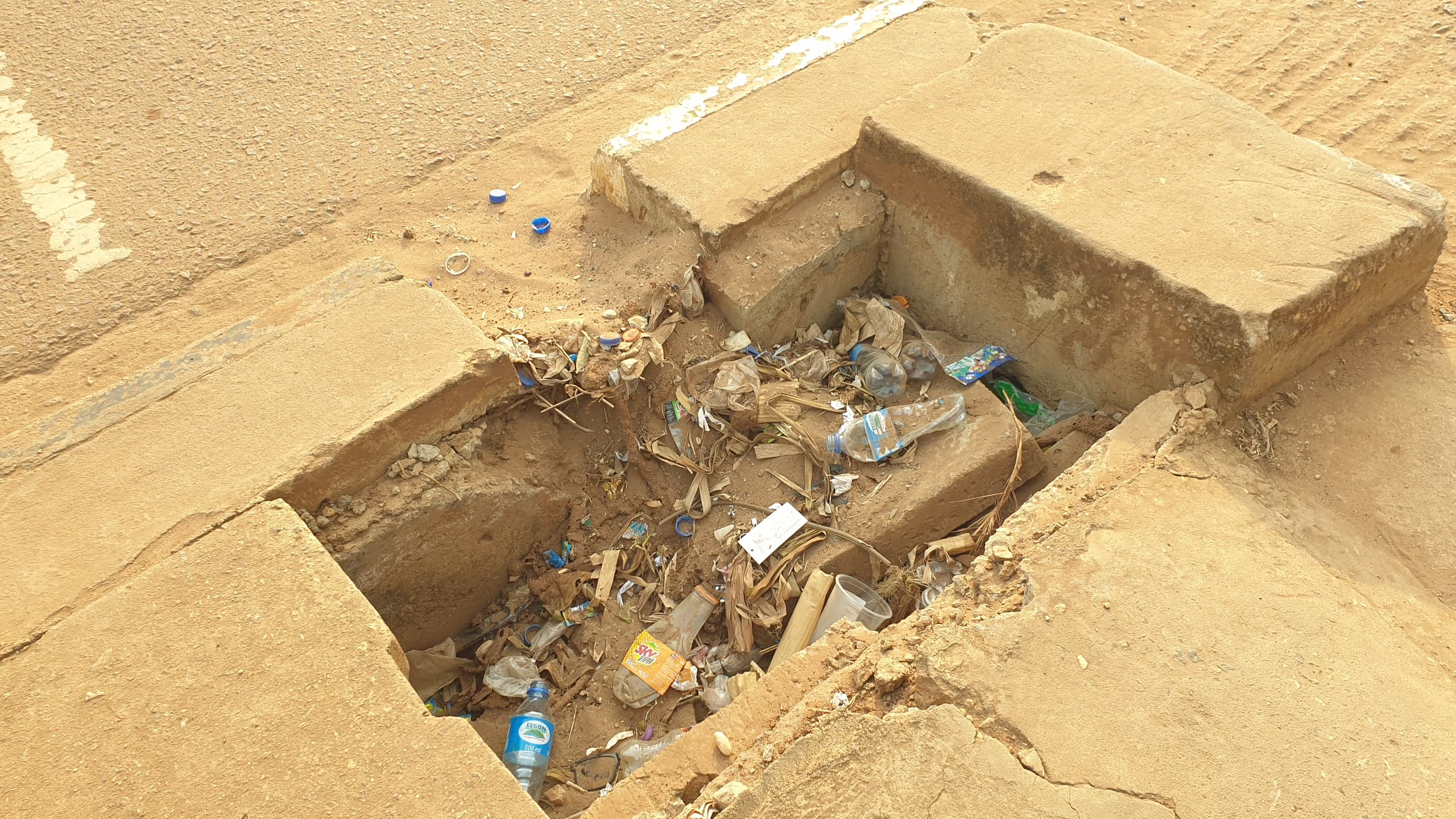Revealed: Loopholes in Crane Bank sale
The agreement between Bank of Uganda and DFCU Bank limited pertaining to the take-over of Crane Bank Limited has become public, highlighting what some lawyers said are loopholes that could be legally challenged.
The agreement was signed on January 25, 2017. The central bank governor, Tumusiime Mutebile signed on behalf of the central bank while Juma Kisaame, the managing director of DFCU.
Until now, the agreement had been kept under wraps. We understand that it is part of the documents that were filed in the case between Bank of Uganda and Crane Bank.
The agreement transferred the assets and liabilities of Crane Bank to DFCU.
According to the agreement, DFCU was supposed to take over all branches of Crane Bank and was not mandated to pay any rent to Meera Investments Limited (MIL), under which the properties occupied by the branches were registered.
Bank of Uganda also indemnifies DFCU from losses, costs, expenses and legal costs it may incur in relation to some of the liabilities it agreed to take over.
A copy of the 22-page agreement seen by The Nile Post shows that some of the terms under which Crane bank was bought by DFCU are questionable and could be legally challenged.
A seasoned lawyer who analyzed the agreement for us said there are a number of areas that are contestable.
The lawyer preferred to remain anonymous because he did not want to jeopardize a matter that is in court.
First, the lawyer pointed out, the agreement excluded shareholders contrary to the financial institutions Act
On Page 3 of the agreement, it is stated that: “The receiver (BOU) has negotiated and concluded an arrangement in the interests of and for the benefit of the depositors and creditors of Crane Bank Limited.”
The lawyer says because the interest of Crane Bank’s shareholders were ignored, DFCU could find itself embroiled in expensive legal suits as shareholders try to claim what is theirs.
The shareholders of the bank included: Sudhir Ruperelia (28.83%), Ms Jyotsna Ruparelia (13.8%), their children Ms Sheena Ruparelia, Ms Meera Ruparelia and Mr Rajiv Ruparelia (1.99%), White Sapphire (47%), Jitendra Sanghani (4%) and Kampala businessman, Tom Mugenga (0.003%).
Secondly according to the agreement, the lawyer contends that there was no valuation of assets of Crane bank before they were transferred to DFCU.
This loophole, according to the lawyer, gave DFCU a “sweet heart” deal.
“That is the reason that this agreement is deliberately vague on the value of assets taken over by DFCU,” the lawyer said.
For instance, Crane bank’s balance sheet at the time of takeover showed that Crane bank’s 48 branches were valued at Shs 10 billion yet within days of taking over DFCU valued the same branches at Shs 47 billion which is a discrepancy of Shs 37 billion.

DFCU branch in Jinja. It was part of the Crane Bank branch network
Meera has filed a suit demanding that DFCU pays back monies owed to it in the form of rent for the branches.
The agreement is also silent on the value of liabilities and assets assumed by DFCU.
“The terms of the sale, the sale price and terms of payment demonstrate that DFCU got the assets of CBL for nothing. This constitutes a fraud against the shareholders of Crane Bank and taxpayers whose money was invested in the bank after the take-over,” said the lawyer.
Besides the branches, the agreement does not list the total assets acquired by DFCU.
“This is strange given that the total assets were worth Shs 1.3 trillion at the time of BOU’s take over.
According to the agreement, DFCU took over a portfolio of non performing loans amounting to Shs 600 billion.
Yet the lawyer agues that the loans were a property of the shareholders who were made to pay for them by bank of Uganda.
Revealed: Loopholes in Crane Bank sale by Nile Post on Scribd













